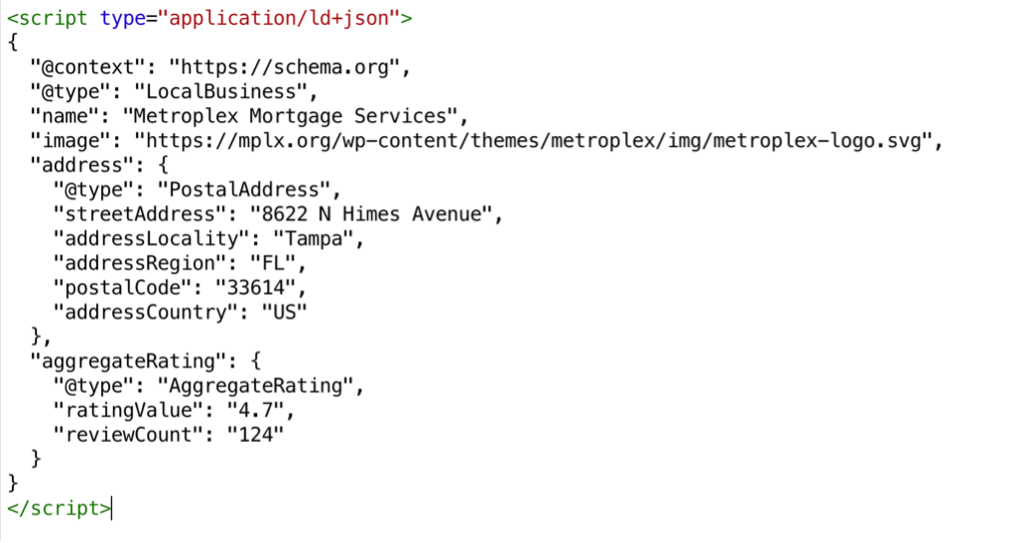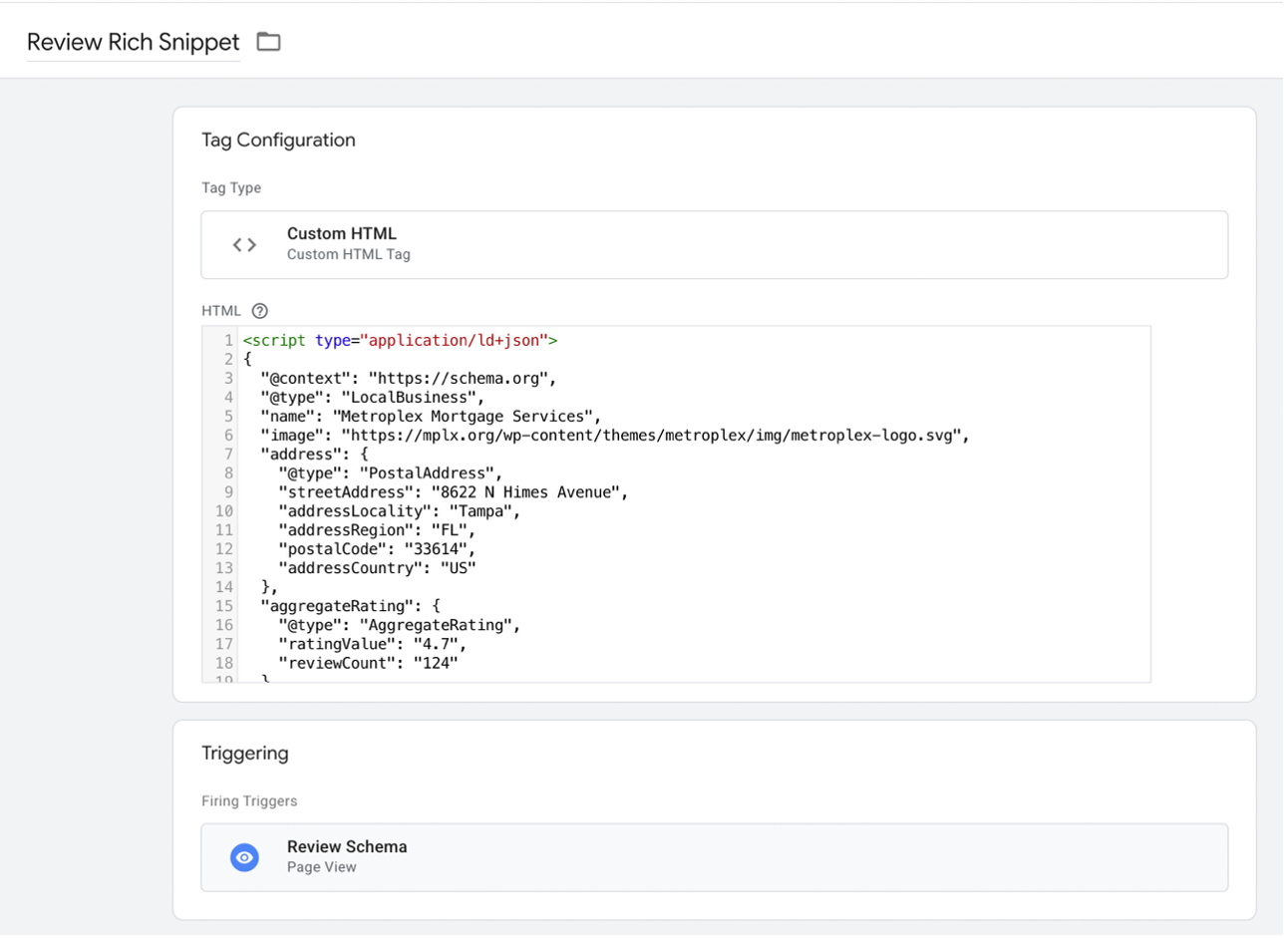
Boosting SEO with Rich Snippets: A Visual Edge in Crowded SERPs
If you work with clients on SEO optimization, you know that simply ranking on Search Engine Results Pages (SERPs) isn’t enough. The true goal of SEO is to drive meaningful, organic traffic to a website — and that’s becoming increasingly difficult.
With SERPs already cluttered with paid ads, directories, and third-party content, standing out organically is a challenge. Add in distractions from AI-generated answers, and capturing user attention becomes even harder.
One effective way to improve the visibility and engagement of your listings is by adding visual elements to your SERP results. This not only sets you apart from competitors but also increases user interaction. These enhancements are known as Rich Snippets, and they’re powered by structured data.
What Are Rich Snippets?
Rich Snippets (or “rich results”) are enhanced search results that include additional visual or data elements — such as product reviews, recipes, FAQs, or event details — alongside the standard title and meta description. These are generated through structured data embedded within your webpage’s code.

Understanding Structured Data
Structured Data is a standardized way to provide search engines with detailed information about your webpage. It allows them to better interpret your content and potentially display enhanced results in SERPs.
This data is implemented using Schema markup, which follows a shared vocabulary defined by Schema.org, a collaborative project by Google, Bing, Yahoo, and others.
There are three main formats for adding structured data:
How to Add Rich Snippet Structured Data
There are several ways to implement structured data on your website:
Manual Method (For Developers)
Visit Schema.org to find code templates for various types of content (e.g., products, articles, events). Customize the code to match your specific content. Of the available markup types, JSON-LD is the most widely used and supported.

Google Tag Manager (GTM)
A clean and manageable approach. Simply create a Custom HTML Tag with your JSON-LD code and set up triggers to load it on specific pages. This method avoids editing site code directly and is easy to update.

Plugins (For CMS Platforms like WordPress)
If you’re using a CMS like WordPress, there are several plugins — both free and paid — that can help you add structured data to your pages without coding. Popular options include Yoast SEO, Rank Math, and Schema Pro.
Testing Your Rich Snippets
Before deploying your structured data live, it’s crucial to test it for accuracy. Use Google’s free Rich Results Test Tool to verify your code or page URL. This will check for errors and preview how your rich snippets might appear in search results.

Managing Rich Snippets
Once your structured data is live, you can track its performance and monitor any issues using Google Search Console. It will help you identify any indexing problems and measure the impact of rich snippets on your visibility and click-through rates.
Final Thoughts
Adding rich snippets is a smart way to enhance your SEO efforts. They help your listings stand out visually, provide users with more context, and often lead to higher engagement and click-through rates. Whether you’re working with a developer or using tools like GTM or plugins, implementing structured data is a worthwhile investment in long-term SEO performance.
